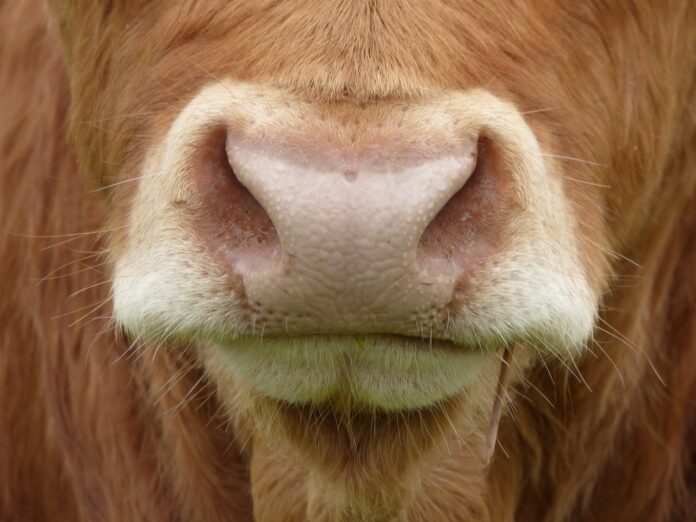Limerick RVL examined a dry suckler cow and a yearling that had died suddenly, after moving to pasture previously grazed by cows and calves.
There had been a history of unexplained deaths in this field over the years, according to an official DAFM Regional Veterinary Lab report.
Yew (Taxus baccata) plant material was identified in the rumen of both animals.
According to the report, yew trees contain taxine alkaloids which are cardiotoxins (cause heart damage), causing sudden death in the case of acute toxicity or ataxia, bradycardia (slower than normal heart rate), dyspnoea (shortness of breath or breathlessness), tremors, collapse, and death in the case of subacute toxicity.
The report from the lab notes that the highest level of taxines occurs in the yew plant at wintertime.
MCF
Meanwhile, in a previous article, we reported that Sligo Regional Veterinary Laboratory (RVL) recently diagnosed Malignant Catarrhal Fever (MCF) in a pair of 14-month-old heifers from the same herd that presented with the ‘head and eye form’ of the condition, three weeks apart, according to a lab report.
The herdowner had sheep lambing on the same holding in the period before the heifers presented with clinical signs, the Veterinary Ireland Journal notes.
The common findings were bilateral iridocyclitis, lymphadenopathy, muzzle erosions, sinusitis, encephalitis, and generalised vasculitis.
DNA sequences specific to Ovine Herpes Virus 2 (OHV2) were detected systemically in both heifers by PCR technique.
Read more on this.
RVL network and report
The six-strong RVL network consists of Athlone, Dublin, Limerick, Cork, Kilkenny, and Silgo.
The objective of the report, which is published in the Veterinary Ireland Journal, is to provide feedback to veterinary practitioners on the pattern of disease syndromes at this time of the year by describing common and highlighting unusual, cases.
The reports describe a selection of cases investigated by the Department of Agriculture, Food, and the Marine’s (DAFM) veterinary laboratories.
The reports, which are published in the Veterinary Ireland Journal, aim to assist with future diagnoses, encourage thorough investigations of clinical cases, highlight the available laboratory diagnostic tools, and provide a better context for practitioners when interpreting laboratory reports.
Note – This article is for information purposes only – always seek the expertise of your vet.





